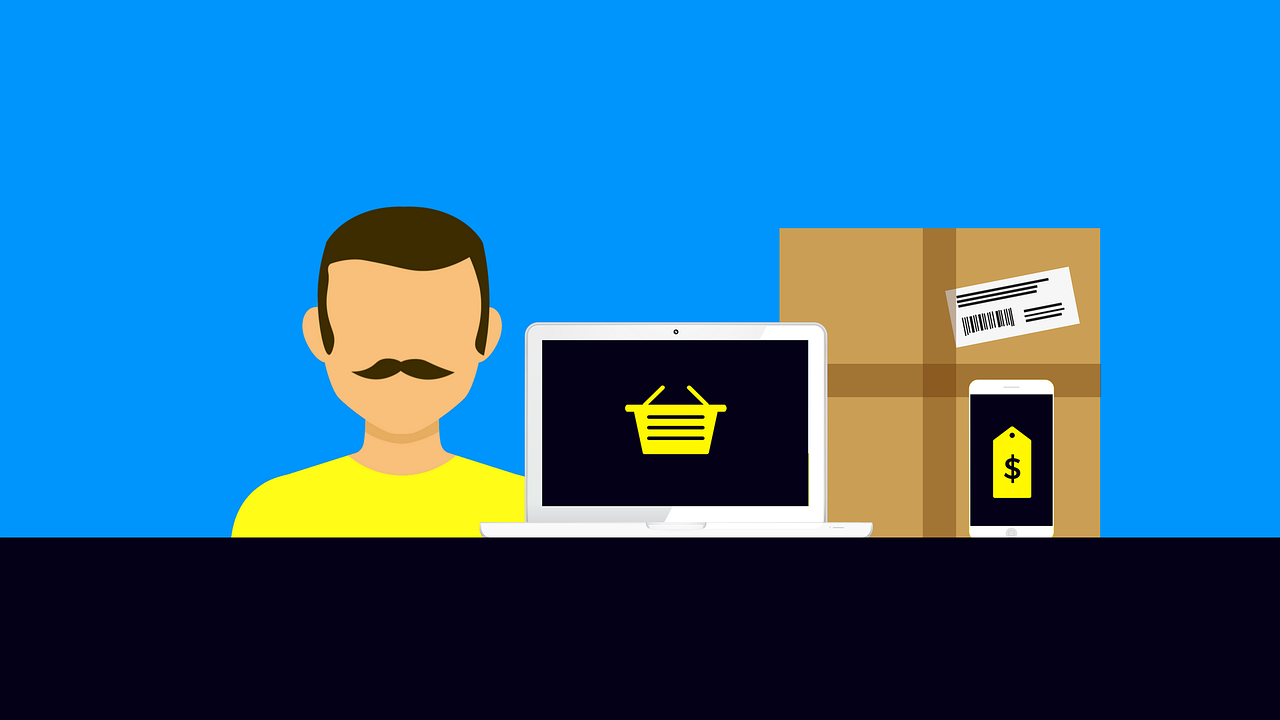Starting your online store can be a very profitable and exciting venture, but it can also be daunting if you don’t know where to start.
This article will walk you through the process of setting up your online store and provide some tips on how to make it successful. So whether you’re just getting started or you’ve been running your store for a while but haven’t seen the success you want, read on for some helpful advice.
Contents
Choose the right platform for your store
There are many different platforms you can use to set up and host your online store, and each has its pros and cons. You’ll need to decide which one is right for you based on factors like cost, ease of use, features, and if you need any special integrations for your business. Some popular platforms for setting up online stores include Shopify, WooCommerce, BigCommerce, and Magento.
Additionally, you’ll need to decide whether you want to use a self-hosted platform or a hosted platform. Self-hosted platforms like WooCommerce and Magento give you more control over your store but require more technical knowledge to set up and manage. Hosted platforms like Shopify and BigCommerce are easier to use but don’t offer as much customization.
Set up a merchant account and payment gateway
To be able to accept payments online, you’ll need to set up a merchant account and payment gateway. The first is a type of bank account that allows businesses to accept credit and debit card payments and to get a merchant account for your online commerce, you’ll need to consult with a bank or other financial institution. There are also online merchant services providers that can help you set up an account.
Payment gateways are services that process and authorize credit card payments for online stores. When a customer purchases from your store, the payment gateway will approve or decline the transaction and send the funds to your merchant account. There are many different payment gateways available, so you’ll need to compare them and choose the one that’s right for your business.
And since there are many different options for merchant accounts and payment gateways, you’ll need to do some research and comparison shopping to find the best solution for your business.
Pick the right domain name
Your domain name is your store’s address on the internet, and it’s an important part of your brand, therefore, you should try to keep it short, easy to remember, and most importantly relevant to your business. You can register a domain name through a domain name registrar like GoDaddy or Namecheap.
Additionally, you’ll need to decide whether you want a .com, .net, .org, or another type of domain extension. In most cases, a .com domain is the best option, but if it’s not available or you want to be more unique, you can choose another extension.
Design your store
Once you have your platform set up and your domain and hosting sorted out, it’s time to start designing your store. This is where you’ll create the look and feel of your store and add your products or services. When designing your store, keep your target audience in mind and create a design that appeals to them.
Of course, the design for your store should be professional and easy to navigate. Use high-quality images and product descriptions, and make sure your checkout process is quick and easy.
If you’re not sure where to start, there are many online resources and templates available that can help you get started.
On the other hand, if you want more control over the design of your store or you’re looking for a unique design, you can hire a professional web designer.
Add products or services to your store
Now it’s time to add your products or services to your store. When adding products, start by creating individual product pages and adding high-quality images and helpful descriptions. The pricing information should be clear and easy to find, and you should offer different shipping options.
You can also create product categories and subcategories to help customers find what they’re looking for. And don’t forget to add a search bar so customers can easily search for specific products.
You’ll also need to decide whether you want to offer physical or digital products or both.
If you offer services, be sure to add information about what services you offer, how much they cost, and how customers can schedule them. However, if you’re selling digital items, pay attention to the file size and format. Make sure the files are compatible with different devices and browsers, and that they can be downloaded easily.
Set up shipping and delivery
If you’re selling physical products, you’ll need to set up shipping and delivery. Start by calculating your shipping costs and then adding the appropriate shipping fees to your product prices. You can use a shipping calculator like Shipstation to get accurate shipping rates.
You’ll also need to decide how you want to ship your products, as you can use a fulfillment service like Shipstation or Fulfillment by Amazon, or you can ship the products yourself.
And if you offer digital products or services, you’ll need to set up a digital delivery system. For instance, you can use a service like SendOwl to deliver digital products or services automatically after a customer makes a purchase.
Contact and customer service
Be sure to add your contact information to your store so customers can reach you if they have any questions or problems. You should also set up a customer service system so you can handle customer inquiries and complaints in a timely and efficient manner.
There are many different ways to set up customer service, but one of the most popular is to use a ticketing system like Zendesk or Freshdesk. These systems allow you to track and respond to customer inquiries quickly and easily.
Additionally, you can use a live chat system like a Chatbot or Intercom to communicate with customers in real-time.

There’s a lot to think about when setting up your online store. But with the right tools and information, you can get started quickly and successfully sell your products or services to the world. Just be sure to keep these tips in mind, and you’ll be on your way to success.






